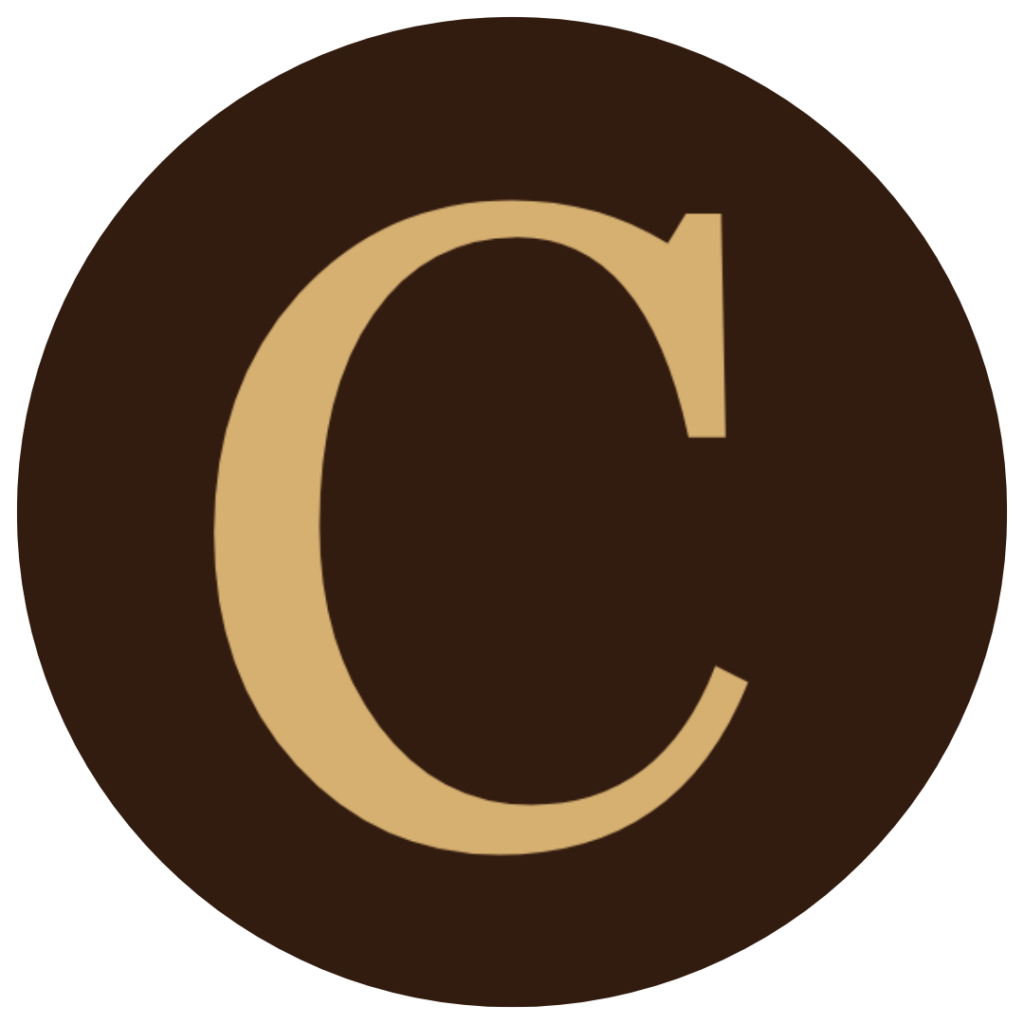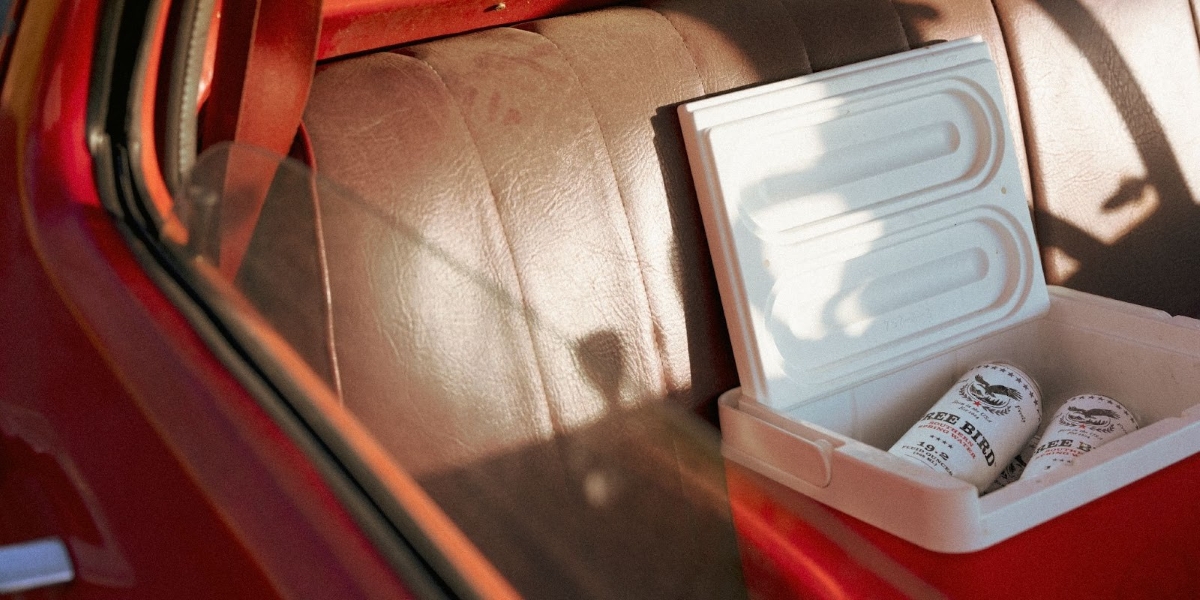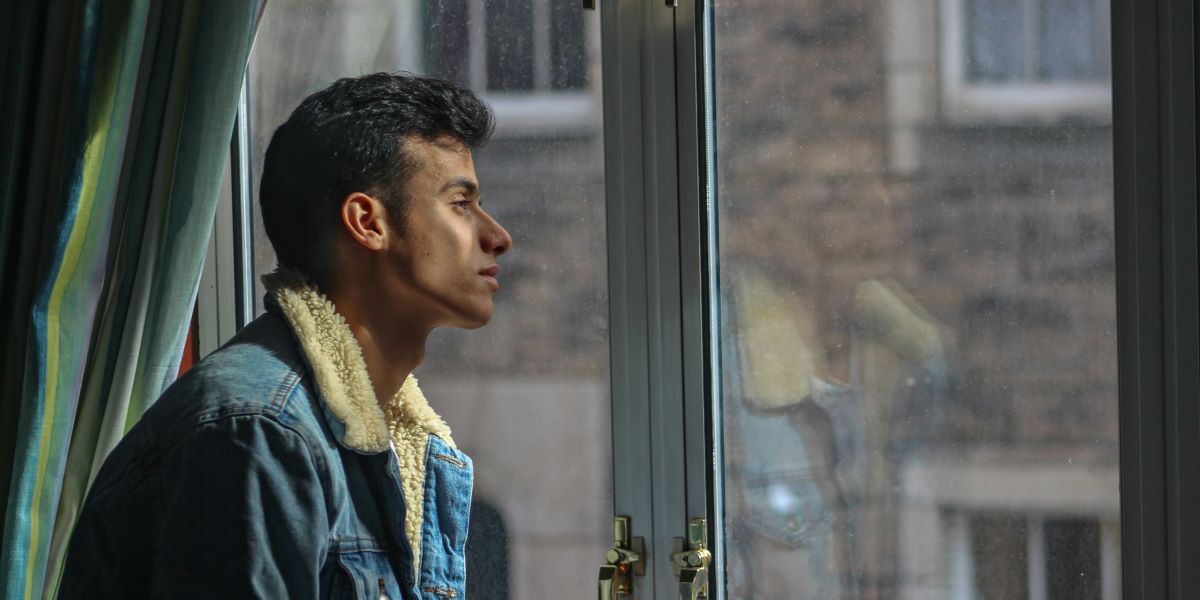By: Kelly Brown
It remains unclear exactly when humans first adorned their skin with tattoos. Scientists estimate that it happened more than 5,000 years ago. In ancient times, tattoos were primarily used as a way to ward off evil spirits.
“Today, tattoos are seen in a different light, as it’s scientifically proven that evil spirits don’t exist. However, everyone battles their own demons—subconscious fears born out of traumatic experiences. And this is also a scientifically proven fact,” says Evgenii Panteleev, the creator of the unique tattoo style known as Psychological Horror Abstraction, a subgenre of the popular Dark Art style.
What is Psychological Horror Abstraction?
Psychological Horror Abstraction, developed by Evgenii Panteleev, is a concept centered around an intense psychological journey. In this journey, a person’s fears take on physical forms and become guardians, standing watch over their most vulnerable areas. This transformation not only helps relieve inner tension but also empowers individuals to conquer their fears, making them subservient.
The goal of Psychological Horror Abstraction is to turn imagined threats into symbolic images. By giving fears a “face” and placing them on a part of the body the person perceives as most vulnerable, the tattoo serves as a defense.
“It’s like a mirror for fear—a powerful visual barrier that forces the fear to confront its reflection every time it tries to surface,” explains Evgenii Panteleev, the visionary behind this groundbreaking tattoo technique.
How Psychological Horror Abstraction Tattoos Are Created
The process begins with a deep conversation between the tattoo artist and the client. The artist listens carefully to the personal stories, understanding them with his unique insight—especially because Panteleev overcame his own fears in his teens through tattooing. To help clients channel their fears into art, he encourages them to associate their anxieties with animals, plants, or birds. However, these symbols are very different from traditional images. In the Dark Art style, they take on grim, monstrous features, transforming into eerie and sinister creatures.
“When fears are etched onto the skin as terrifying symbols, they no longer remain fleeting shadows hidden in the subconscious. Instead, they become protectors, representing inner strength and the ability to face any challenge,” Panteleev elaborates.
What Evgenii Panteleev’s Tattoos Look Like
Beyond their deep psychological meaning, Psychological Horror Abstraction tattoos are visually stunning. Every detail is meticulously crafted, with a well-balanced perspective, expertly combined light and shadow, and an overall aesthetic that makes these tattoos look as though a real monster is living on the client’s skin.
Who is Evgenii Panteleev?
To date, Evgenii Panteleev has completed more than 10,000 tattoos in the Psychological Horror Abstraction style. His unique technique has garnered millions of fans and followers worldwide.
Panteleev has documented his innovative process of helping people overcome subconscious fears in his book, The Therapeutic Effect of Horror Abstractions, which has become a reference guide for tattoo artists.
In addition to his groundbreaking tattoo work, Evgenii Panteleev is the owner of the professional Hydra tattoo studio and a painter specializing in oil and graphic works within the Dark Art style. He’s also a sought-after illustrator for horror-themed music album covers and film posters.
Panteleev has undeniably created something far greater than just tattoos. He has invented a way to live without fear, confronting one’s inner shadows and turning them into allies. His Psychological Horror Abstraction style is a transformative ritual through which a person not only conquers their internal demons but also turns them into true works of art.
Published By: Aize Perez








